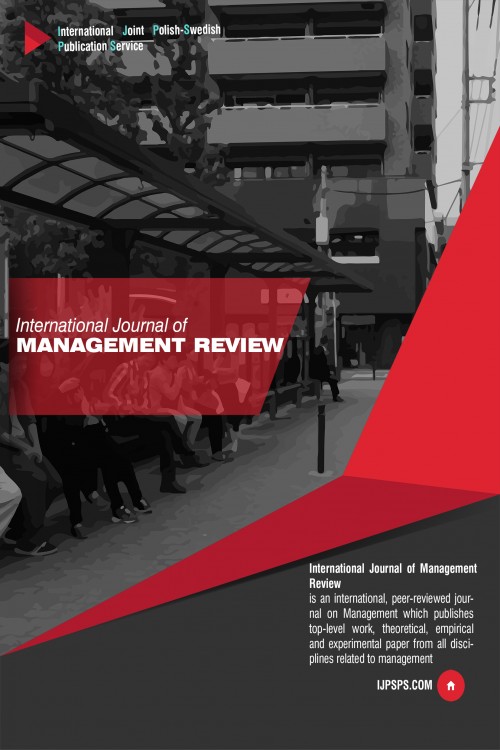
A Review of the Patterns of Interaction Analysis Methods and The Introduction of a Model with Correlation Logic
Abstract
Most of analytic future studies methods are independently investigated and evaluated for predicting events or examining the events of the variables under consideration related to the subject, but in some cases, it is necessary to analyze the probability of an event occurring in a set conflict to anticipate events. Interaction analysis is a method to respond to this need, and although it requires more sophisticated statistical processing to achieve results, it is essentially based on expert opinions, such as Delphi approach. The most important approach to this approach is to judge the probability of occurrence of different events or different propulsive forces independently, according to experts, where their opinion is inconsistent with the likelihood of an event occurring in the event of other events and their interaction. In more developed types of this method, we examine the probability of occurrence of events in the causality chain between events. Thus, a matrix of initial probabilities, conditional probabilities, and directional connections of the interaction of events and forces is formed. The common patterns of this method are organized with two logics of probability and communication and define rules for the effects of events based on probabilistic and communicative rules. Nevertheless, both of these models are not considered for the impact of events. In this paper, the author tries to review the existing patterns of interaction analysis method with a new model with correlation logic to cover the direction of the impact (negative and positive) of events on each other. The outcome of the process of analyzing the effects of interaction usually ends in the emergence of a scenario.